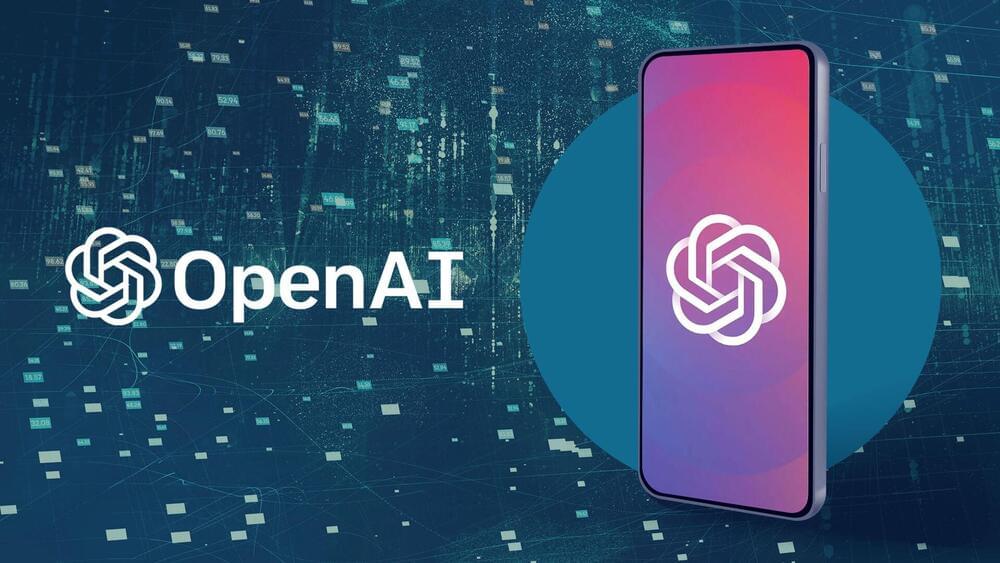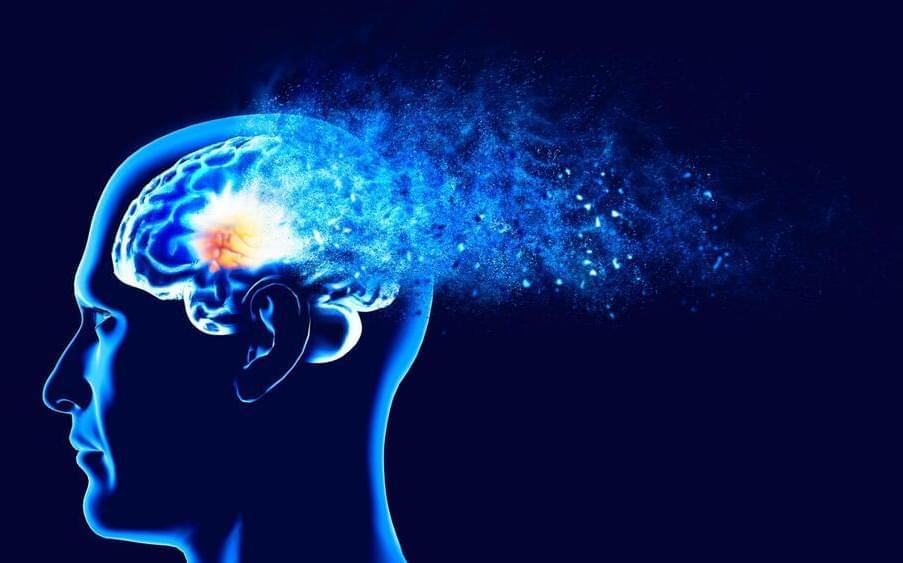Under normal temperature and pressure conditions, the reactor could efficiently convert plastic bottles and CO2 into CO, syngas, and glycolic acid.
Researchers from the University of Cambridge developed a first-of-its-kind system that can simultaneously convert plastic waste and greenhouse gases into two chemical products by drawing energy from the sun.
The results are reported in the journal Nature Synthesis.
Onurdongel/iStock.
In a solar-powered reactor, carbon dioxide (CO2) and plastics are converted into sustainable fuels and valuable products used in various industries.








